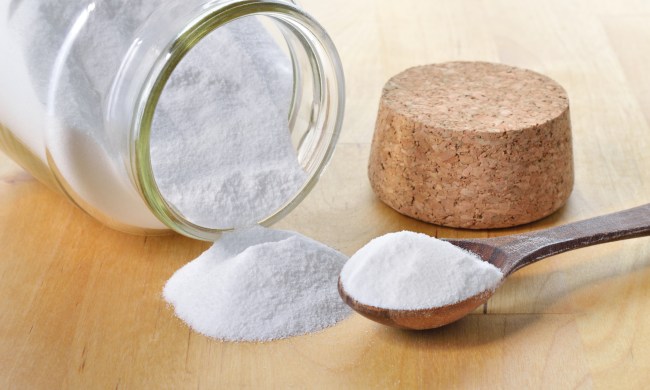If you were to poll your family members on what their favorite foods are, it is unlikely that any of them would include salad. Green lettuce, a few tomato wedges, and maybe some shredded carrots or sliced cucumbers are hardly going to inspire anyone to get excited. But what if there was a way to get your family not only to eat healthy salads more often, but also to actually ask for them to be featured in your weekly meal rotation? We think it’s possible if you’re willing to switch up your salads.
How can you turn ho-hum side salads into flavorful and hearty meals? By giving them a little taste of Mexico! Mexican salads have lots of crunchy veggies with a whole lot of flavorful extras, proving that it’s possible to have a lot of flavor without all the extra calories! These colorful salads are anything but boring and will have even the pickiest members of your family going in for seconds.
Salad isn’t many people’s favorite meal, but Mexican salad is delicious enough to sway some opinions. Let’s find out how!
Salad basics
According to Merriam-Webster, there are four types of salads that fall into the following categories:
- Green salads, which include a variety of different vegetables
- Salads of pasta, legumes, or grains
- Mixed salads with meat, poultry, and/or greens
- Fruit salads
Most often eaten as a side dish rather than as a main course, some of the most popular salads in the U.S. include:
- Coleslaw, consisting of shredded cabbage, mayonnaise, carrots, buttermilk or sour cream with vinegar, sugar, and other seasonings
- Chinese chicken salad, which includes green salad and boneless chicken breast mixed with an assortment of crunchy veggies and a dressing made with a touch of soy sauce
- Potato salad, typically made with chunked and boiled potatoes, hardboiled eggs, chopped onions, carrots, and cucumbers, and a mayonnaise dressing
There are so many salad options available, from the classic Caesar salad to innovative pairings such as watermelon and feta cheese salad with a sprinkling of fresh mint. But if you’re looking for a new salad idea that will please even the pickiest eater in your family, it might be time to take inspiration from the flavors south of the border.
Why you should add Mexican salad to your meal rotation
Mexican salads can be among the healthiest types of salads, if you do it right. Don’t be tempted to add deep-fried tortilla chips, ground beef, cheese, and oodles of sour cream to your Mexican salad. You can get all of those delicious Mexican flavors and spices, but keep things healthy by making a salad consisting of:
- Chopped romaine lettuce
- Sliced tomatoes
- Sweet yellow corn
- Black beans
- Red onions
- Avocado
Squeeze on a dressing of fresh lime juice and a sprinkling of chopped cilantro, salt, and pepper, and you’ve made a tasty and healthy Mexican salad that fills you up without weighing you down.
When it comes to salad dressings, there are three basic types that will work with just about any Mexican salad you make:
- Creamy Cilantro Dressing — Made with cilantro, lime juice, and Greek yogurt
- Cilantro Lime Dressing — A vegan, plant-based vinaigrette
- Chipotle Ranch Dressing — Simple to make and perfect with just about any salad
While avocados and beans are common ingredients in many Mexican salads, there are also other ways to create salads that are delicious, filling, and worthy of that main course spot. Using a base of chopped romaine lettuce, you can add chunks of white meat chicken, grilled shrimp, or browned chop meat for protein and your favorite veggies for extra crunch. For added authenticity, you can add some chopped jicama (pronounced hē-kə-mə). A native plant of Mexico, jicama is a staple ingredient in Mexican cooking and adds a slightly sweet crunch that won’t lose its crispness over time.
Mexican salad storage tips
Once you put your salad together, it will last approximately three days in the refrigerator, provided you don’t add your dressing to the salad until you’re ready to eat it. If you mix your salad and dressing before storing, it will get soggy, so place dressing into a separate container when transporting leftovers or storing in the fridge.
To prevent the avocado from turning brown, you can squeeze on a bit of citrus. Another trick to prevent avocado browning is to use half of the avocado for dinner and pack the other half of the avocado with the pit in place. When it’s time for lunch, remove the pit, scoop out the fleshy part of the avocado, slice, and enjoy!
Say goodbye to boring salads for good. Mexican salads are loaded with veggies, packed with flavor, and will have your whole family asking for salad every night of the week.




